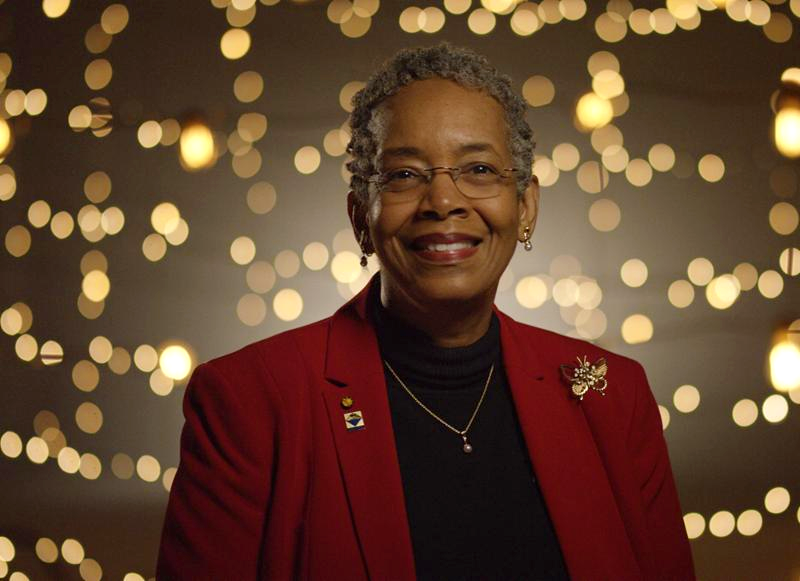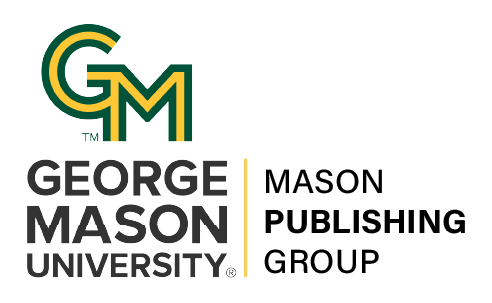Cross Over Protocols: Connecting Online and In Class Discussions
DOI:
https://doi.org/10.13021/G8itlcp.10.2018.2172Abstract
Crossover protocols extend learning activities across online and face to face courses by explicitly connecting ideas generated online and in person. These protocols are designed to help instructors, across disciplines, facilitate stronger conversations among students resulting in meaningful, insightful and sometimes unexpected connections between ideas and concepts. An example protocol will be shared and participants will learn ways they can incorporate these into their discipline courses.
_____________________________________________________________
FULL ABSTRACT:
Crossover protocols extend learning activities across online and face to face courses by explicitly connecting ideas generated online and in person. These protocols are designed to help instructors, across disciplines, facilitate stronger conversations among students resulting in meaningful, insightful and sometimes unexpected connections between ideas and concepts (Perrow, 2017). Crossover protocols draw deliberately on the learning affordances of both online and face to face modalities resulting in the thoughtful fusion of the two to enhance the student learning experience. The pedagogical power of crossover protocols lies in the intersection of the affordances of online and face to face modalities giving blended learning a new meaning.
I have been implementing crossover protocols in EDIT 730 for several years not knowing they had a specific label until I read Perrow's paper. In this presentation, I will demonstrate how crossover protocols can be designed and implemented to support higher order thinking in a graduate level course. Specifically, I will show how learning activities can be extended across the two modalities, online and face to face, by capitalizing on the benefits of each medium. Examples will include how online discussion can be complemented with in class discussions to sharpen communication, enhance collective thinking, and build knowledge; how working in groups can begin in person and extend online to enhance collaborative problem solving and social negotiation; and how blogs can support writing, thinking, and talking about ideas. I will demonstrate how online and face to face learning activities can be intentionally threaded or connected using crossover protocols to create a learning experience that enables students to think productively, individually, and collectively.
Perrow, M. (2012). Strengthening the Conversation in Blended and Face to Face Courses Connecting Online and In Person Learning with Crossover Protocols. College Teaching, 65(3), 97-105.




